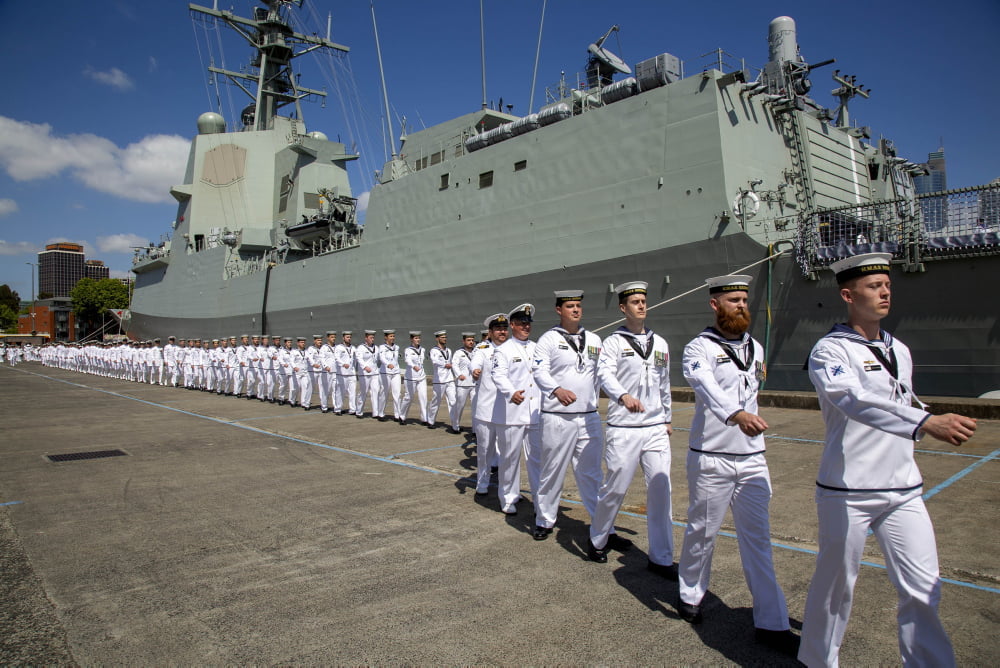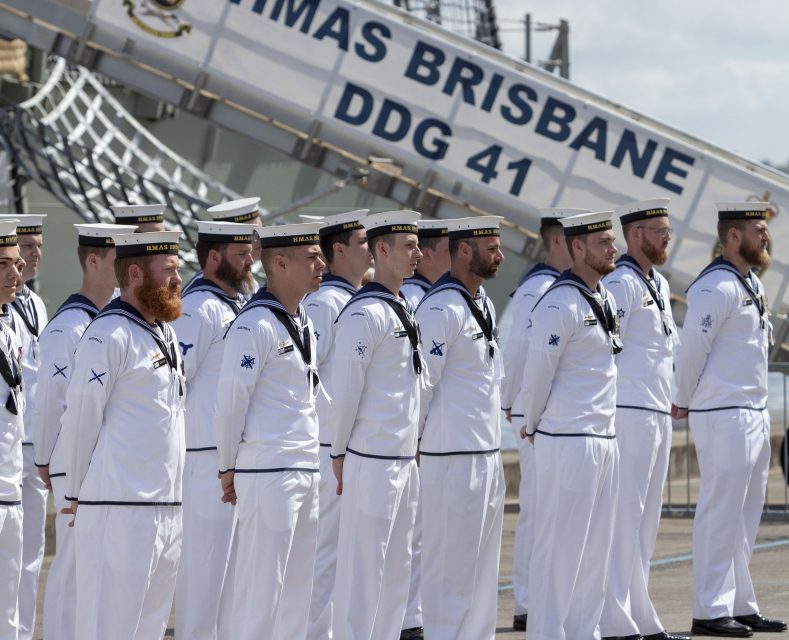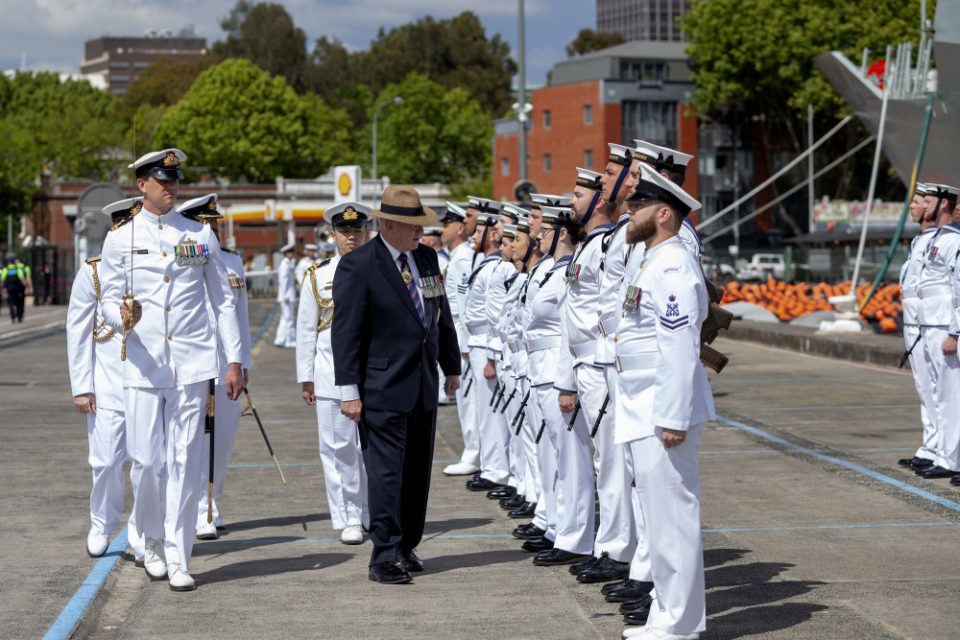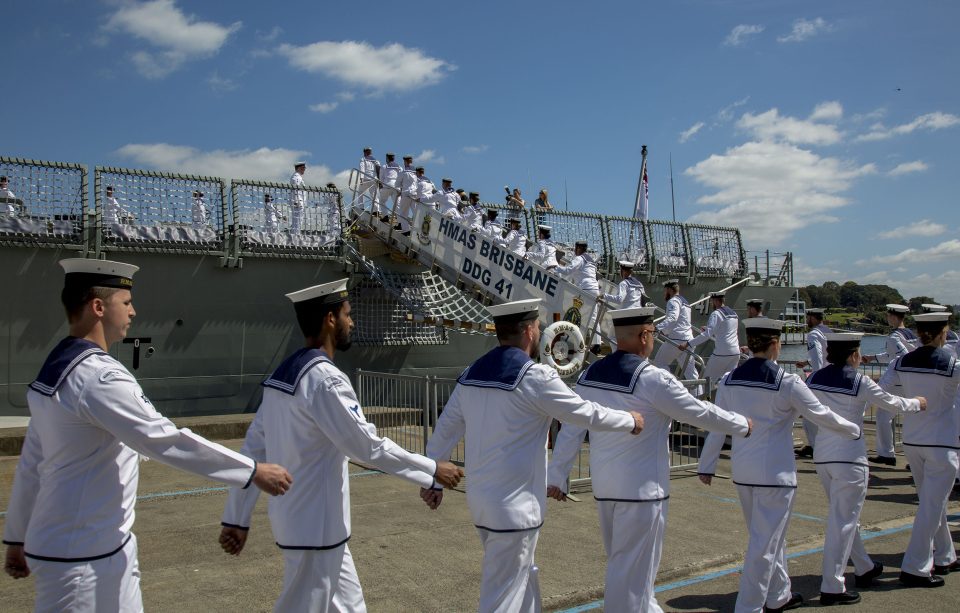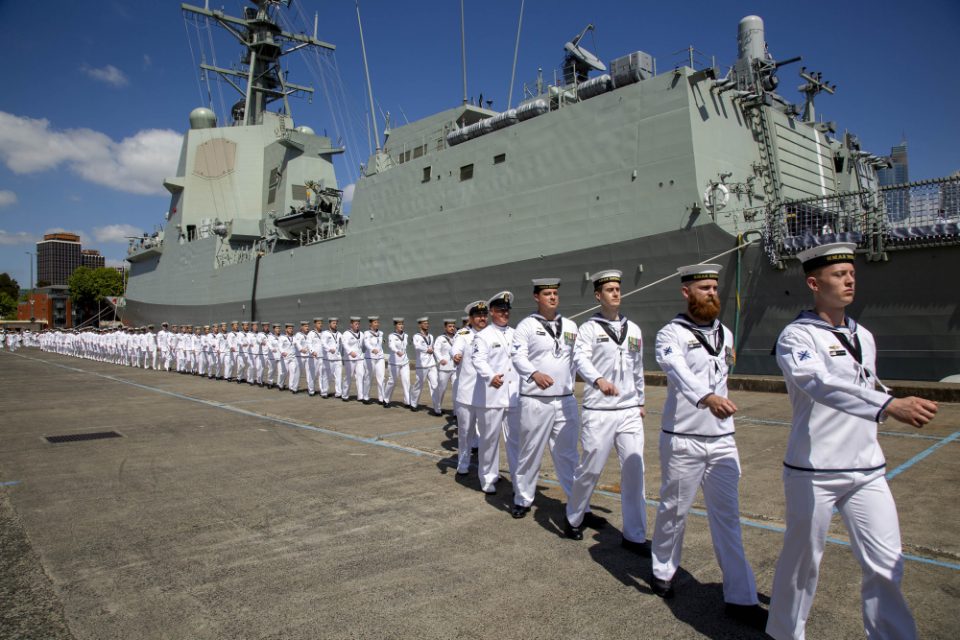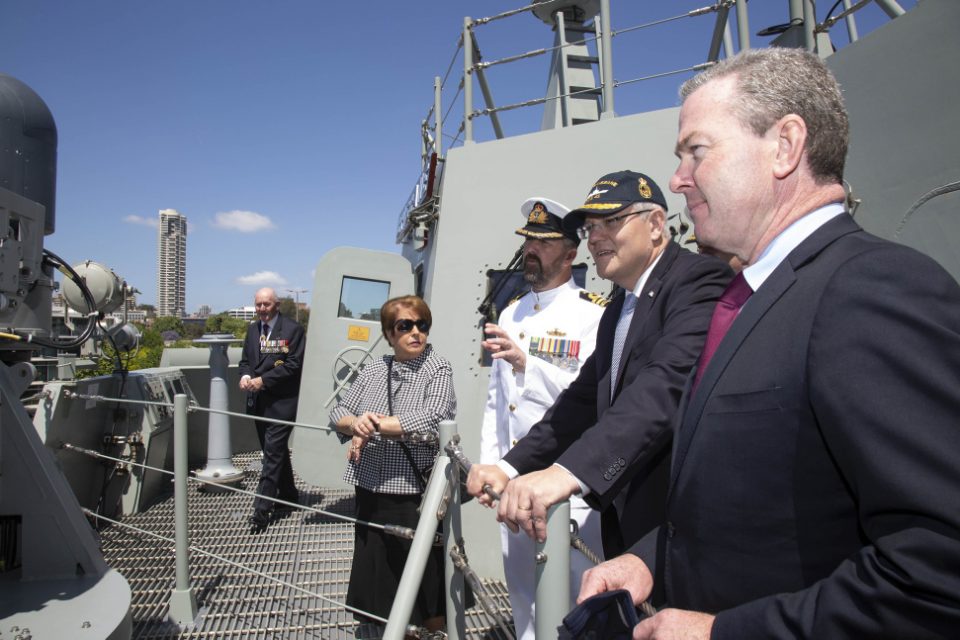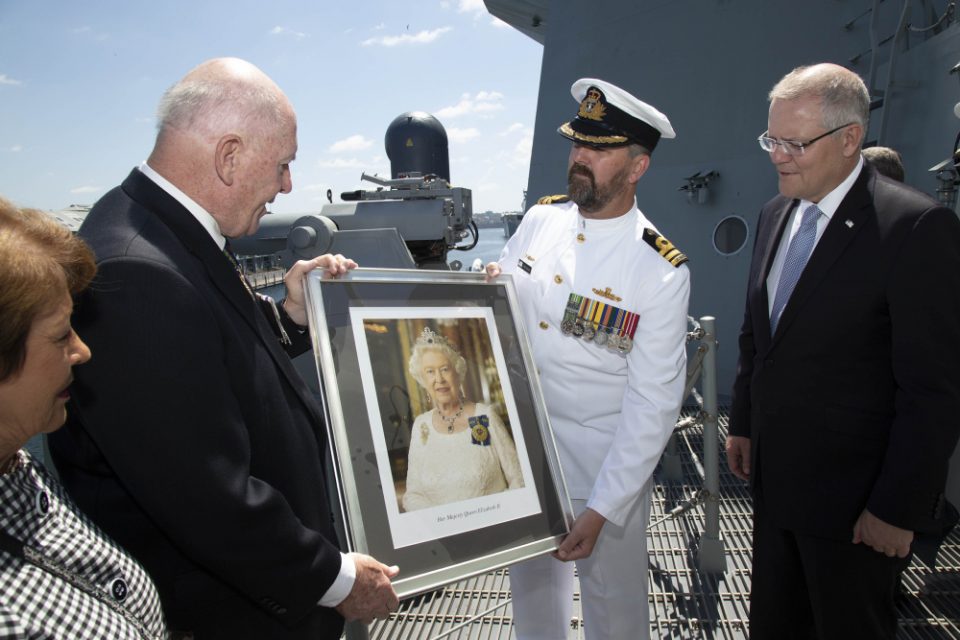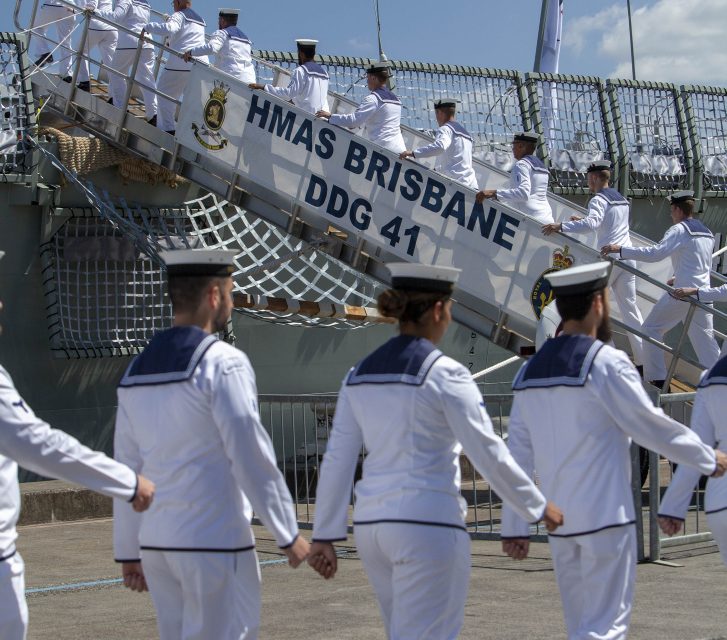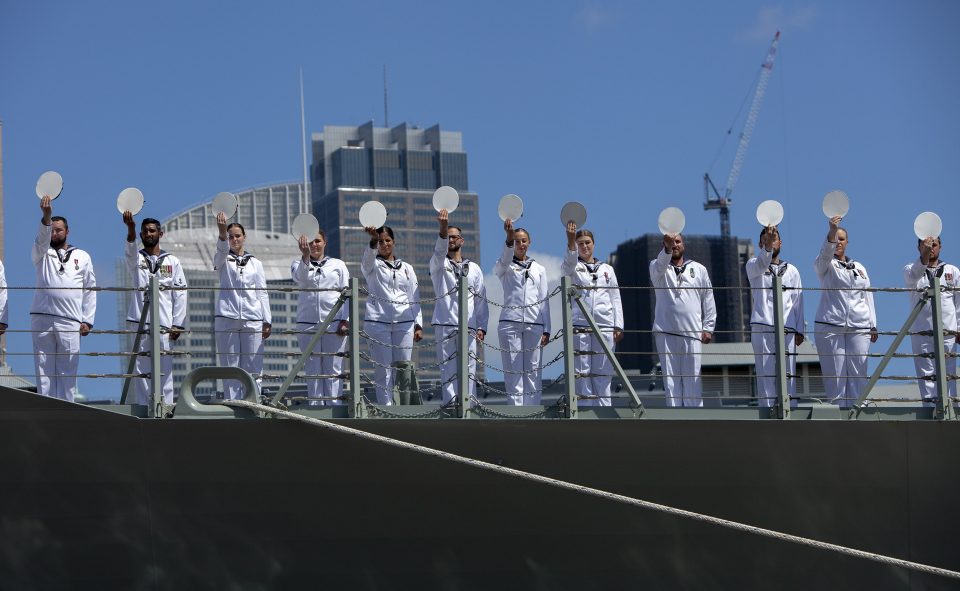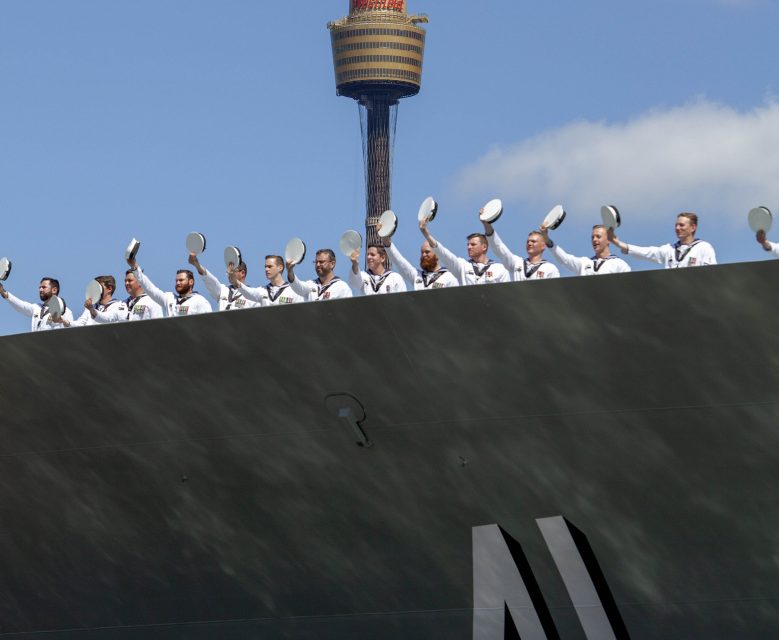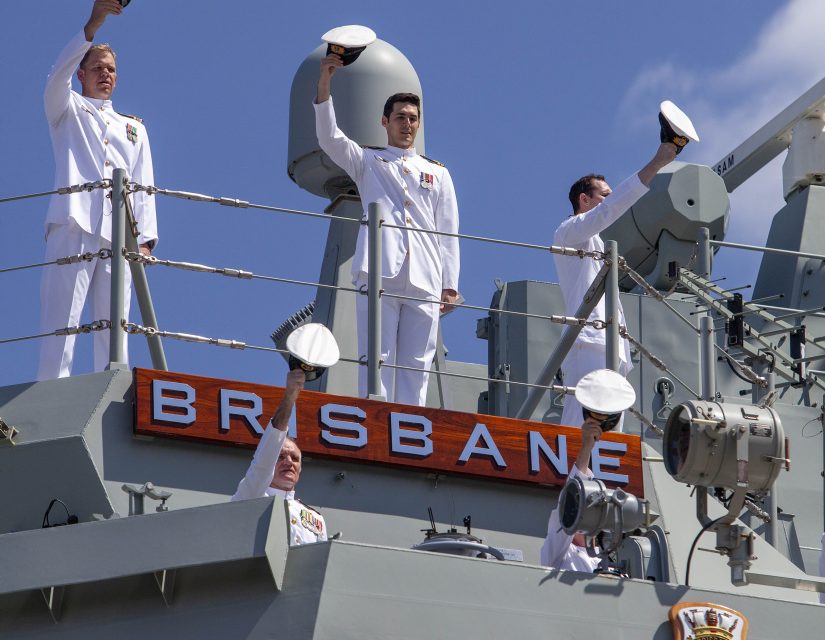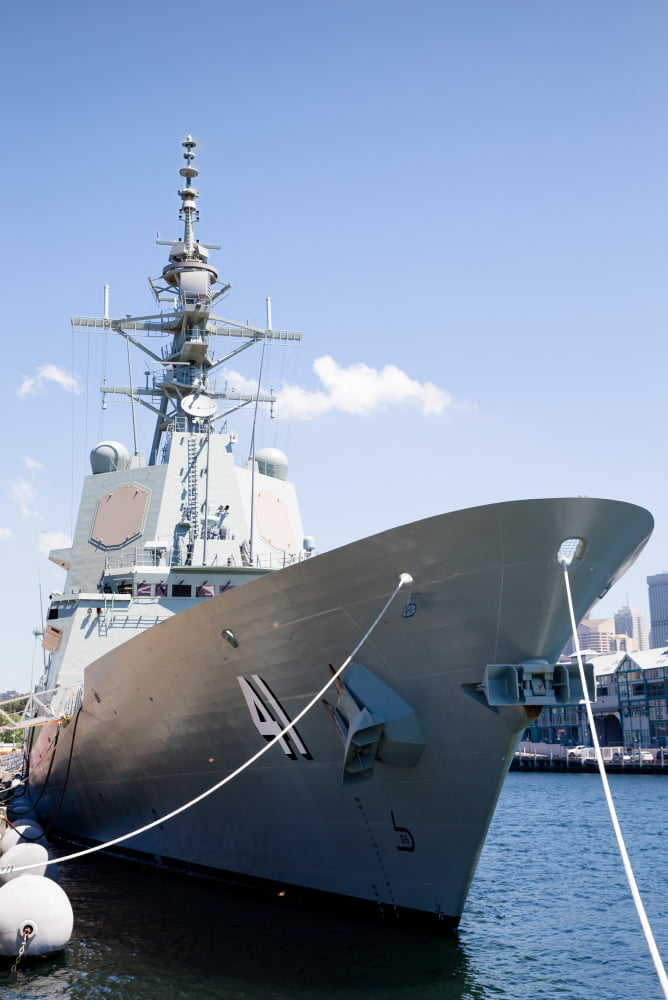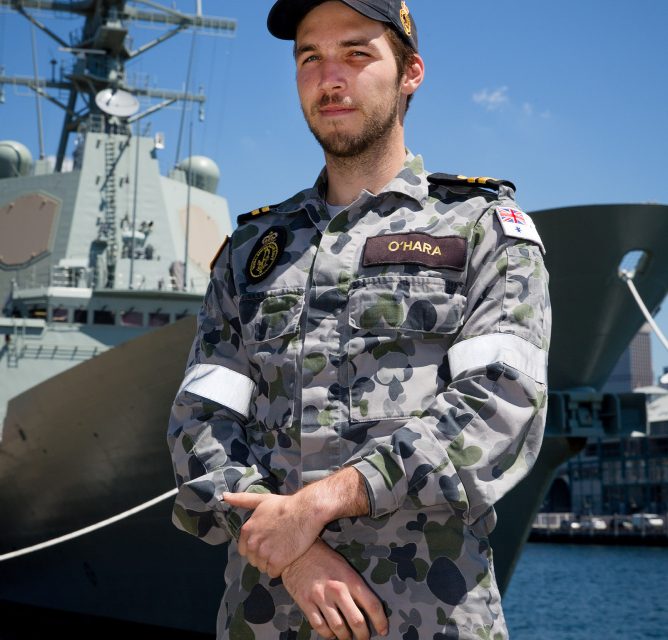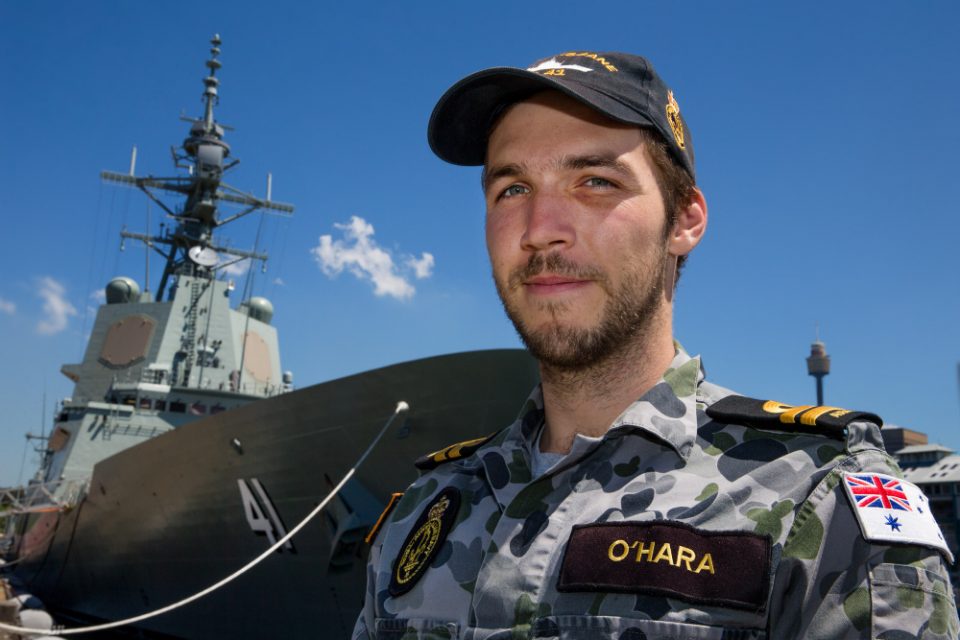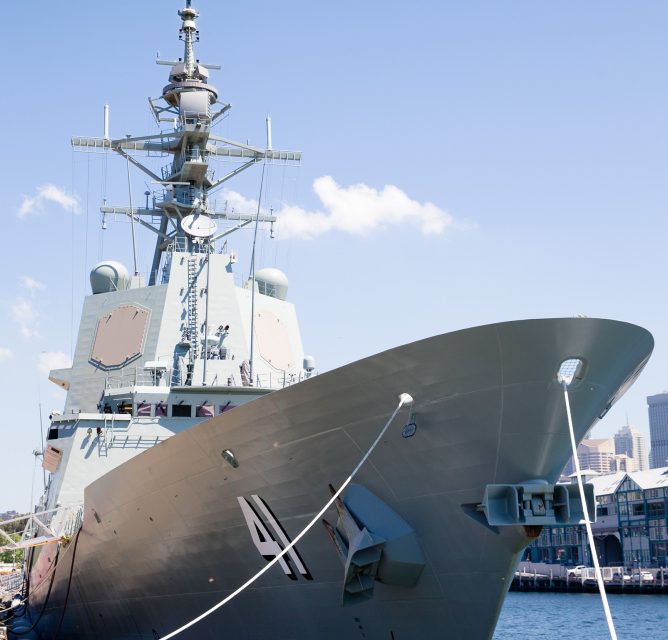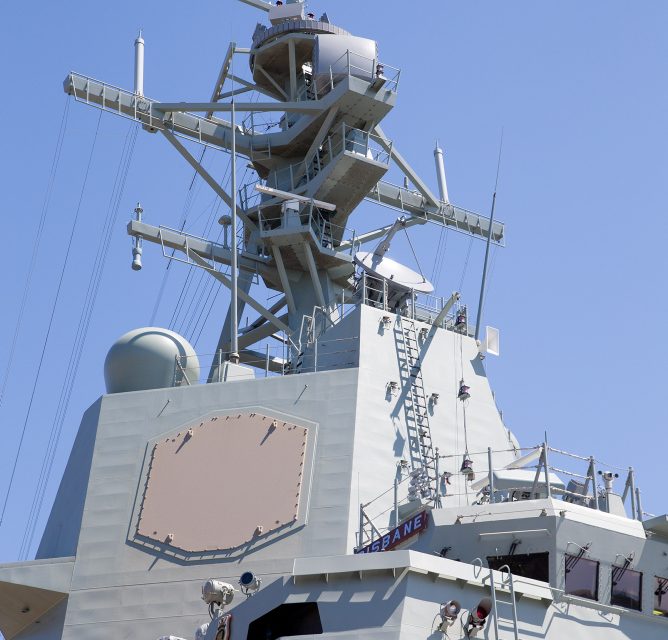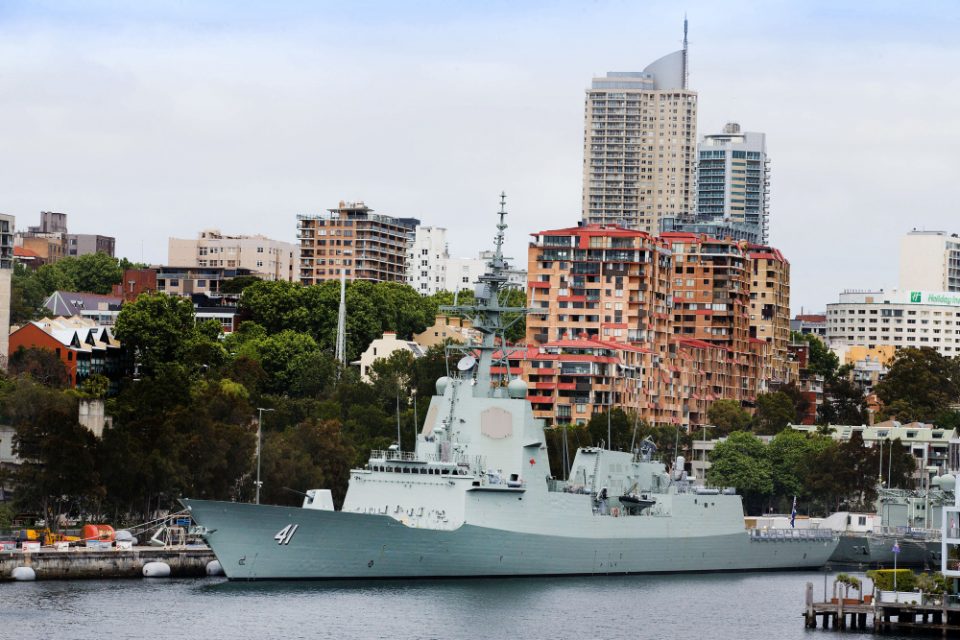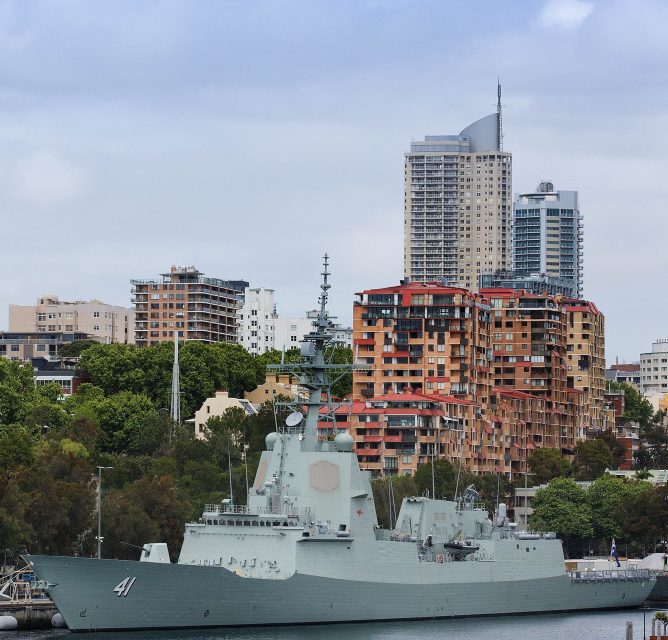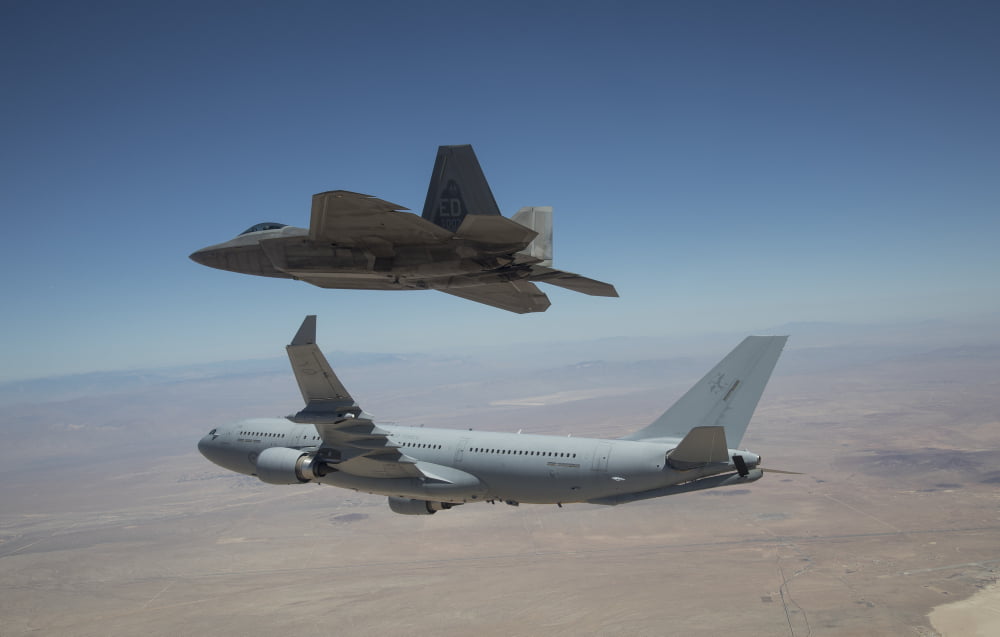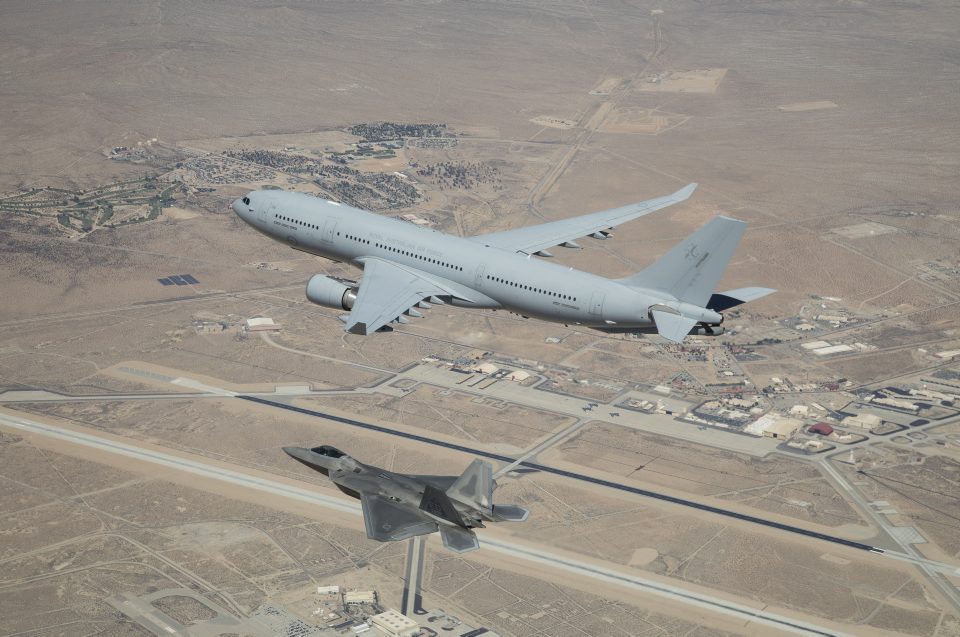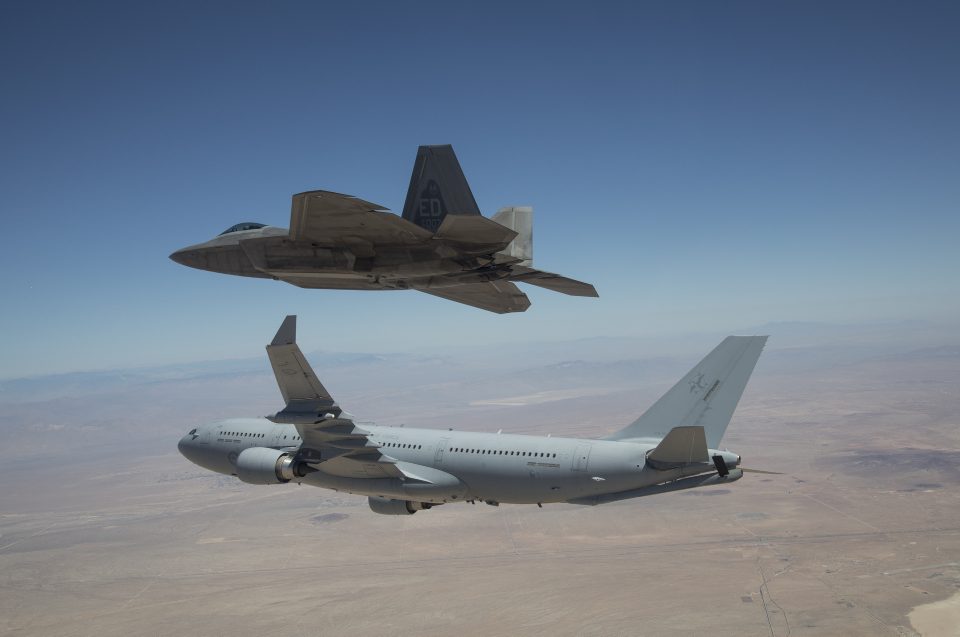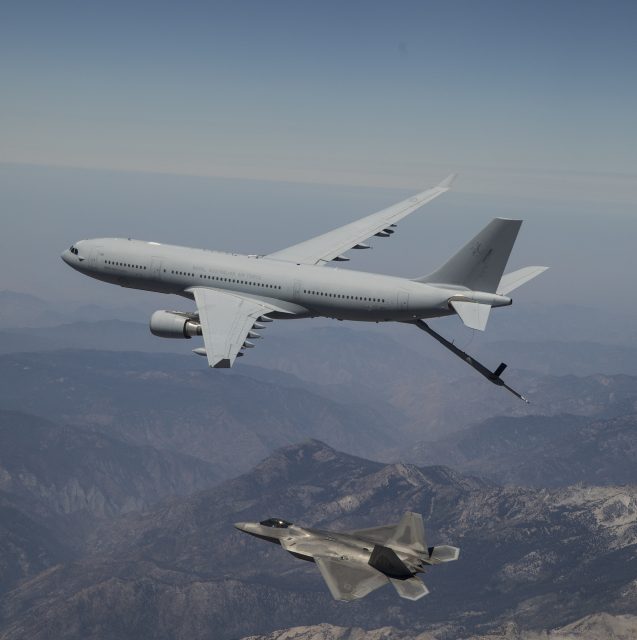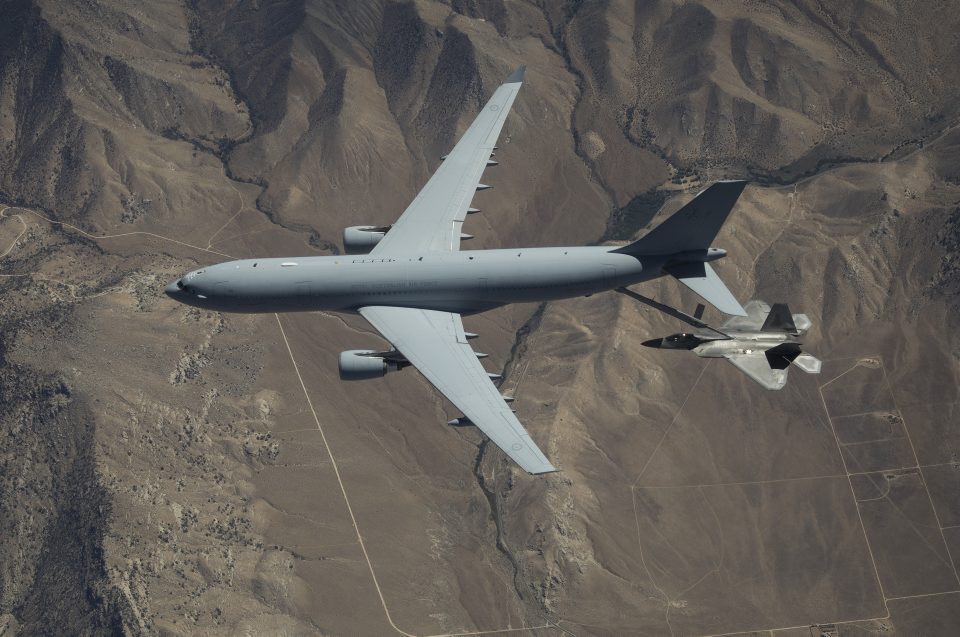The Australian Defence Force continues to contribute to the coalition fight against Daesh with the rotation of the E-7A Wedgetail in to the Middle East.
The Airborne Early Warning and Control aircraft will help control the tactical movement of coalition aircraft over Iraq and Syria, one of the busiest and most complex airspaces in the world.
It replaces the KC-30A Multi-Role Tanker Transport aircraft, which returns to Australia to take up duties at home.
During its rotation, the KC-30A carried out air-to-air refuelling operations with French, British, American and Italian fighters involved in the fight to defeat Daesh.
It delivered more than three million litres of fuel during almost 100 missions and 800 hours of flying.
The Australian Defence Force deploys the Wedgetail and the KC-30A to the Middle East on a rotational basis as part of Australia’s Air Task Group (ATG) operations.
Australian Department of Defence
October 23, 2018
The featured photo shows the Australian tanker working on a test regime with the F-22 for certification to work with the F-22.
During visits to Australia earlier this year we had a chance to talk with Air Commodore Bill Kourelakos, Commander of the Air Mobility Group who provided a perspective on the KC-30A and the way ahead:
We put the KC-30A into theater in what some would say was an early timeline, but given our effects-based approach, we deployed the aircraft and sorted through the challenges and got significant combat effect from deploying the aircraft prior to achievement of its Final Operating Capability.”
He underscored that the operational experience in the Middle East for the tanker crews has been very significant in shaping the next chapters for the tanker within the ADF.
“They learned how to function effectively in a dynamic area of operations.”
So what are the next chapters in the tanker story, from the perspective of the Commander AMG?
First, what is next in the Middle East?
“We have deployed a single tanker full-time for the past three years in the Middle East and we are shifting to a more periodic engagement and we shall work that operational challenge.
“The impact of continuing this engagement for a long time has yet to be seen or learned.”
Second, the boom operations for the tanker will go up dramatically in anticipation of the F-35 operating in Australia.
This means that they are ramping up their certifications and training with small receivers like the F-16 in order to prepare for extensive support to the Aussie F-35s.
This tanking will be done largely over Australian territory and working through support of the F-35 will be a major effort over the next three years as the fighter comes on line in Australia.
Third, the RAAF is rapidly expanding the number of types of aircraft for which the KC-30A has clearances.
And this is seen by the RAAF as a key part of supporting allies in the region, notably PACAF.
“A key strategic objective of our alliance with the United States is our ability to be interoperable and with regard to tanking this means working the clearance process for tanking fighters and other aircraft.
“If you get into a high-end fight you need to leverage every advantage that you can in order to prevail.”
Fourth, a part of building out that combat advantage is the coming of the robotic boom to the KC-30A. In part it is a safety enhancement, functioning much like an auto-pilot, but it is a work in progress to sort out how the robotic boom will actually operate and be used by the RAAF.
But there is a clear combat advantage which will come with enhanced capability to fuel air assets more rapidly and safely.
“With a robotic boom, you are increasing your combat capability through enhanced efficiency.
“You can also achieve a reduction in maintenance as you work through ways to efficiently operate the the boom.
“What we are talking about is taking force projection to a new level.
“If you can have our fighters on station-longer and delivering combat effects, because you can tank them more rapidly, that will be a significant gain.”
“We are a small Air Force.
“If you look at the history of small air forces, they win or lose on the first day. You want to be ready for the first day.


